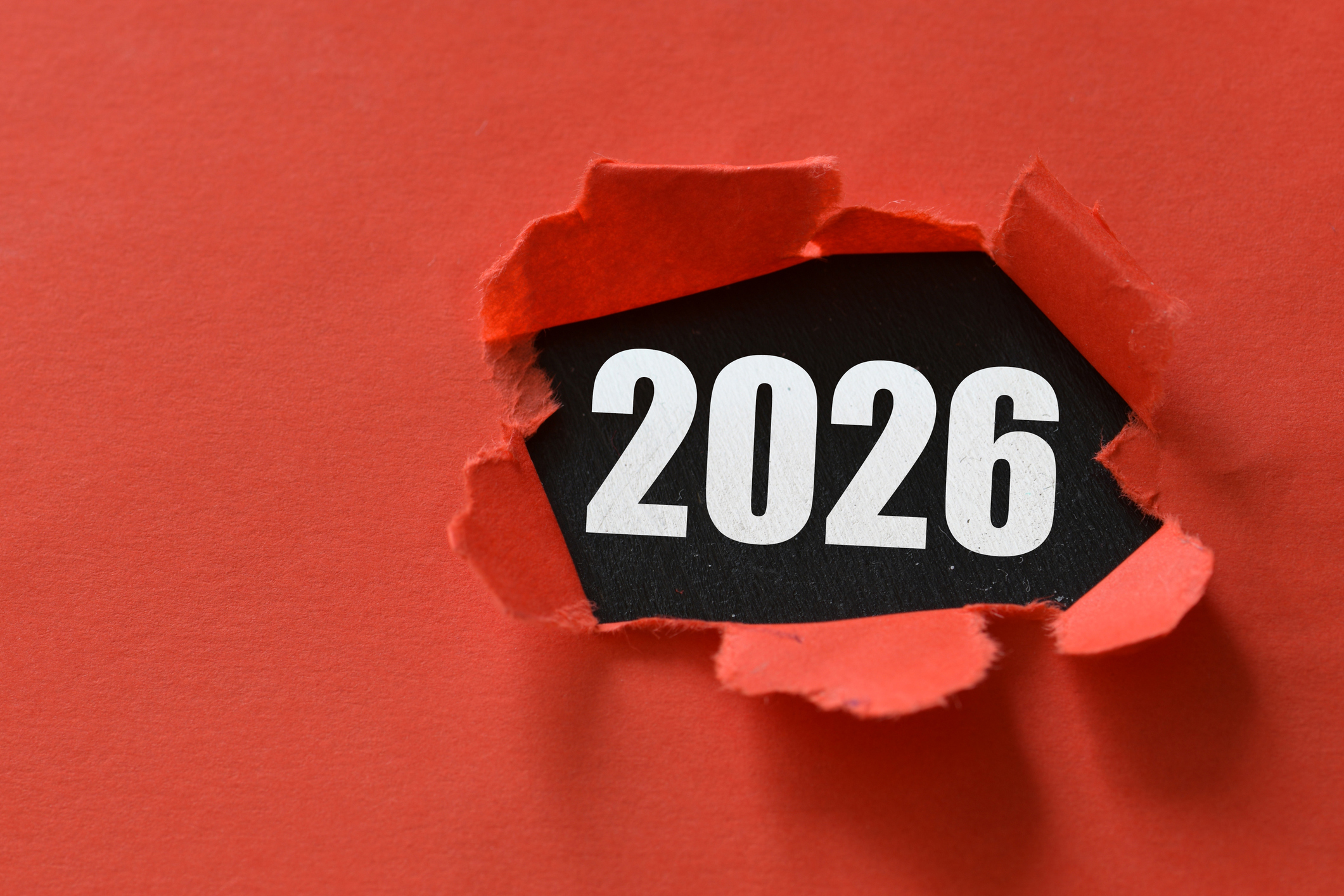Dogs of the Dow Are 2022's Best in Show
Some of the best investments for income investors in a volatile 2022 have come from the Dogs of the Dow.


All portfolio doctors should prescribe high dividends to remedy rising interest rates and stiff inflation.
In 2022, the first year in recent memory pockmarked by those twin afflictions, dividend-heavy stocks such as utilities, pharmaceuticals, pipelines and many consumer-oriented blue chips like those found in the Dogs of the Dow have held up fine. There is a massive disparity of results within this year's stock, mutual fund and exchange-traded fund (ETF) listings.
The FAANGs – or whatever we call them now after the renaming of Facebook and Google – are a ball and chain. Your basic core S&P 500 Index fund? Down double digits. I have never liked indexing anyway. That aversion goes doubly for bonds, real estate investment trusts (REITs) and master limited partnerships (MLPs). But I digress.
From just $107.88 $24.99 for Kiplinger Personal Finance
Become a smarter, better informed investor. Subscribe from just $107.88 $24.99, plus get up to 4 Special Issues

Sign up for Kiplinger’s Free Newsletters
Profit and prosper with the best of expert advice on investing, taxes, retirement, personal finance and more - straight to your e-mail.
Profit and prosper with the best of expert advice - straight to your e-mail.
A Passion for Dividend Stocks
As we hit 2022's midpoint, the most upbeat performance stories underscore my perpetual passion for dividends.
The Dogs of the Dow – the 10 members of the Dow Jones Industrial Average that begin the year with the highest dividend yields – are clearly this year's best in show. Through June 3, seven Dogs have positive returns, and only one, Chevron (CVX), is an oil company. Dow (DOW), the chemical giant, is up 20.7%. The Dogs sport dividend yields ranging from 2.8% – Coca-Cola (KO) – to 4.7% with International Business Machines (IBM). I think IBM's 4.7% yield is a leading reason it is up 8% while a typical tech fund has coughed up a quarter of its value.
A pair of ETFs – ALPS Sector Dividend Dogs (SDOG, $55) and ALPS International Sector Dividend Dogs (IDOG, $28) – are also scaring off the bears, with year-to-date returns of 4.4% and 2.6% respectively. These funds are not replicas of the Dogs of the Dow but use a similar methodology across numerous sectors; SDOG's past four quarterly distributions combined work out to a 3.6% yield, and better yet, the payments have been growing with each distribution. (Securities I recommend are in bold. Prices and other data are as of June 3.)
To further this furry-friend theme, Caterpillar (CAT) – in the Dow index, but not a 2022 Dog – is up 8.9% this year, one of the best in its sector. CAT is swimming in cash, and in May promised dividend increases in "the high single digits" shortly and for each of the next three years, although its 2% yield already exceeds the S&P 500's 1.6%.
Caterpillar could write still bigger checks if it opts to emphasize cash payouts over stock buybacks, a practice investment managers sometimes clearly prefer. "You can’t fudge dividends," says Henry "Hank" Smith, a dividend fan who is head of investment strategy for Haverford Trust Company. Smith says paying hard cash "is the most tangible statement management can make about future prospects."
Another of my most esteemed dividend investments, Legg Mason Low Volatility High Dividend ETF (LVHD, $39). It's off 1.3% so far this year, but that is excellent compared with the broad market. The ETF's 3% yield is reliable. Two thumbs up.
Dividends catch regular criticism as a lazy use of capital or a drag on future growth. Those, however, are untimely complaints when you need high current income and shelter from what might still end up as a losing year for the S&P 500 and certainly for the Nasdaq.
Profit and prosper with the best of Kiplinger's advice on investing, taxes, retirement, personal finance and much more. Delivered daily. Enter your email in the box and click Sign Me Up.

Kosnett is the editor of Kiplinger Investing for Income and writes the "Cash in Hand" column for Kiplinger Personal Finance. He is an income-investing expert who covers bonds, real estate investment trusts, oil and gas income deals, dividend stocks and anything else that pays interest and dividends. He joined Kiplinger in 1981 after six years in newspapers, including the Baltimore Sun. He is a 1976 journalism graduate from the Medill School at Northwestern University and completed an executive program at the Carnegie-Mellon University business school in 1978.
-
 Stocks Extend Losing Streak After Fed Minutes: Stock Market Today
Stocks Extend Losing Streak After Fed Minutes: Stock Market TodayThe Santa Claus Rally is officially at risk after the S&P 500's third straight loss.
-
 What Bilt Cardholders Need to Know as Wells Fargo Exits the Program
What Bilt Cardholders Need to Know as Wells Fargo Exits the ProgramA major shake-up in the Bilt Rewards program could affect your credit card, rent rewards and points strategy heading into 2026.
-
 3 Major Changes to the Charitable Deduction in 2026
3 Major Changes to the Charitable Deduction in 2026Tax Breaks About 144 million Americans might qualify for the 2026 universal charity deduction, while high earners face new IRS limits. Here's what to know.
-
 Stocks Extend Losing Streak After Fed Minutes: Stock Market Today
Stocks Extend Losing Streak After Fed Minutes: Stock Market TodayThe Santa Claus Rally is officially at risk after the S&P 500's third straight loss.
-
 Santa Claus Rally at Risk as Tech Stocks Slump: Stock Market Today
Santa Claus Rally at Risk as Tech Stocks Slump: Stock Market TodayThe Nasdaq Composite and Dow Jones Industrial Average led today's declines as investors took profits on high-flying tech stocks.
-
 Gold and Silver Shine as Stocks Chop: Stock Market Today
Gold and Silver Shine as Stocks Chop: Stock Market TodayStocks struggled in Friday's low-volume session, but the losses weren't enough to put the Santa Claus Rally at risk.
-
 The Santa Claus Rally Officially Begins: Stock Market Today
The Santa Claus Rally Officially Begins: Stock Market TodayThe Santa Claus Rally is officially on as of Wednesday's closing bell, and initial returns are positive.
-
 'Humbug!' Say Consumers, Despite Hot GDP: Stock Market Today
'Humbug!' Say Consumers, Despite Hot GDP: Stock Market Today"The stock market is not the economy," they say, but both things are up. Yet one survey says people are still feeling down in the middle of this complex season.
-
 Stocks Rise to the Spirit of the Season: Stock Market Today
Stocks Rise to the Spirit of the Season: Stock Market TodayInvestors, traders and speculators are beginning to like the looks of a potential year-end rally.
-
 Nasdaq Leads as Tech Stages Late-Week Comeback: Stock Market Today
Nasdaq Leads as Tech Stages Late-Week Comeback: Stock Market TodayOracle stock boosted the tech sector on Friday after the company became co-owner of TikTok's U.S. operations.
-
 Cooler Inflation Supports a Relief Rally: Stock Market Today
Cooler Inflation Supports a Relief Rally: Stock Market TodayInvestors, traders and speculators welcome much-better-than-hoped-for core CPI data on top of optimism-renewing AI earnings.